Arterial Thrombosis - Decoding Blood Clots
Nov. 29, 2023 #Hypertension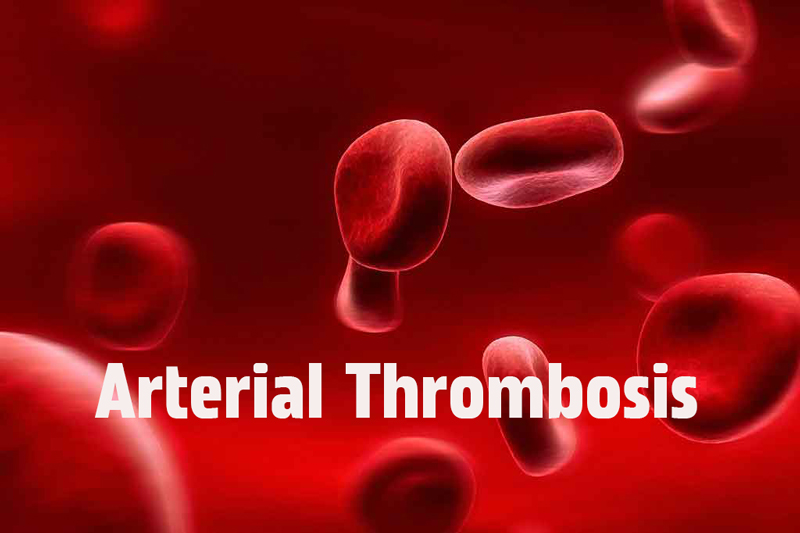
Defining Arterial Thrombosis:
Arterial thrombosis is a cardiovascular condition characterized by the formation of blood clots (thrombi) within the arteries. These clots can obstruct blood flow, leading to serious complications such as heart attacks, strokes or peripheral artery disease. Arterial thrombosis is a subset of thrombotic disorders and poses a significant risk to cardiovascular health.
Causes of Arterial Thrombosis:
Several factors contribute to the development of arterial thrombosis, often involving an intricate interplay of genetic, environmental and lifestyle factors:
Atherosclerosis:
Atherosclerosis, a condition characterized by the buildup of plaques on artery walls, is a primary contributor to arterial thrombosis. Plaque rupture can trigger clot formation.
Hypercoagulability:
Conditions that increase blood clotting, known as hypercoagulability, can elevate the risk of arterial thrombosis. This may be due to genetic factors, certain medical conditions or medications.
Inflammation:
Inflammatory processes within the blood vessels can promote clot formation. Chronic inflammation contributes to the destabilization of plaques, enhancing the likelihood of thrombosis.
Smoking:
Tobacco smoke contains harmful substances that can damage blood vessels and promote clot formation, increasing the risk of arterial thrombosis.
Hypertension:
High blood pressure can damage artery walls, creating a conducive environment for clot formation.
Diabetes:
Individuals with diabetes are at an increased risk of arterial thrombosis due to factors such as insulin resistance, inflammation and endothelial dysfunction.
Genetic Predisposition:
Genetic factors can influence an individual's susceptibility to arterial thrombosis. Inherited conditions affecting blood clotting can contribute to its development.
Symptoms of Arterial Thrombosis:
The symptoms of arterial thrombosis vary depending on the location of the clot and the affected organ. Common symptoms include:
Chest Pain:
Arterial thrombosis in coronary arteries can lead to chest pain or angina, which may progress to a heart attack if blood flow is severely restricted.
Shortness of Breath:
Clots affecting the pulmonary arteries can result in shortness of breath, chest discomfort and may lead to a pulmonary embolism.
Numbness or Weakness:
Arterial thrombosis in the cerebral arteries can cause symptoms such as sudden numbness, weakness, or paralysis on one side of the body, indicating a potential stroke.
Coolness or Discoloration of Extremities:
Peripheral arterial thrombosis can cause coolness, numbness, or discoloration in the affected limb.
Pain or Swelling:
Thrombosis in peripheral arteries may lead to pain, swelling or ulcers in the affected area.
Treatment for Arterial Thrombosis:
The management of arterial thrombosis involves a comprehensive approach aimed at preventing clot formation, reducing the risk of complications and addressing underlying causes. Common treatment strategies include:
Anticoagulant Medications:
Anticoagulants, such as warfarin or direct oral anticoagulants (DOACs), are often prescribed to inhibit blood clotting and prevent the expansion of existing clots.
Antiplatelet Medications:
Antiplatelet drugs, including aspirin or clopidogrel, work to prevent platelets from aggregating, reducing the risk of clot formation.
Thrombolytic Therapy:
Thrombolytic drugs, such as tissue plasminogen activators (tPAs), can be administered to dissolve existing blood clots, especially in acute situations like a heart attack or stroke.
Vascular Procedures:
In some cases, interventional procedures may be necessary to address arterial thrombosis. Angioplasty with stent placement can help open narrowed or blocked arteries, restoring blood flow.
Lifestyle Modifications:
Adopting a heart-healthy lifestyle is crucial for managing arterial thrombosis. This includes regular exercise, a balanced diet low in saturated fats, smoking cessation and effective management of conditions like diabetes and hypertension.
Surgical Interventions:
In certain situations, surgical procedures may be required. Arterial bypass surgery can be performed to create a new pathway for blood flow when an artery is severely blocked.
Emerging Research and Future Prospects:
Ongoing research in the field of arterial thrombosis is exploring innovative approaches to better understand the underlying mechanisms, improve diagnostic tools and develop novel treatments. Some areas of emerging research include:
Targeted Therapies:
Researchers are investigating medications that target specific pathways involved in clot formation. These targeted therapies aim to provide more effective and precise interventions with fewer side effects.
Biomarkers for Risk Prediction:
Identifying biomarkers associated with an increased risk of arterial thrombosis, is an active area of research. These biomarkers could aid in risk prediction, allowing for more personalized preventive strategies.
Genetic and Epigenetic Factors:
Understanding the genetic and epigenetic factors influencing an individual's susceptibility to arterial thrombosis is a focus of ongoing research. This knowledge could lead to more tailored treatments based on an individual's genetic profile.
Artificial Intelligence (AI) in Diagnosis:
The application of AI in medical imaging and diagnostic tools is being explored to enhance the accuracy and efficiency of detecting arterial thrombosis. AI algorithms may assist in early identification and intervention.
Novel Anticoagulants:
Researchers are developing new anticoagulant medications with improved safety profiles and reduced bleeding risks compared to traditional options. These novel agents aim to provide effective clot prevention with fewer side effects.
Patient Stratification:
Efforts are underway to develop more refined approaches to patient stratification. This involves identifying subgroups of individuals with specific risk factors or characteristics that may benefit from targeted treatments.
Conclusion: Navigating the Future of Arterial Thrombosis Management:
Arterial thrombosis remains a significant challenge in cardiovascular health, necessitating ongoing research to enhance our understanding and treatment capabilities. As advancements in science and technology continue to unfold, the future holds promising prospects for more personalized, effective and safer approaches to managing arterial thrombosis.
In the interim, maintaining a heart-healthy lifestyle and promptly addressing risk factors remain crucial for preventing and managing this potentially serious condition. Individuals with concerns about arterial thrombosis or cardiovascular health should seek guidance from healthcare professionals for personalized assessments and recommendations.
Frequently Asked Questions (FAQs)
1. What is arterial thrombosis?
Arterial thrombosis is a cardiovascular condition characterized by the formation of blood clots (thrombi) within the arteries, which can obstruct blood flow and lead to serious complications such as heart attacks, strokes or peripheral artery disease.
2. What causes arterial thrombosis?
Several factors contribute to arterial thrombosis, including atherosclerosis, hypercoagulability, inflammation, smoking, hypertension, diabetes and genetic predisposition.
3. What are the symptoms of arterial thrombosis?
Symptoms vary based on the location of the clot. Common symptoms include chest pain, shortness of breath, numbness or weakness, coolness or discoloration of extremities and pain or swelling in affected areas.
4. How is arterial thrombosis diagnosed?
Diagnosis involves a combination of physical examinations, medical history reviews, and diagnostic tests such as electrocardiograms (ECGs), imaging studies and blood tests to assess clotting factors.
5. Can arterial thrombosis be prevented?
Lifestyle modifications, including a heart-healthy diet, regular exercise, smoking cessation and effective management of conditions like hypertension and diabetes. This can help to reduce the risk of arterial thrombosis.
6. What are the treatment options for arterial thrombosis?
Treatment may include anticoagulant medications, antiplatelet medications, thrombolytic therapy, vascular procedures (angioplasty with stent placement), lifestyle modifications and surgical interventions.
7. Is arterial thrombosis a lifelong condition?
The impact of arterial thrombosis varies. While some cases may require ongoing management, lifestyle changes, and medications, others may involve surgical interventions to address underlying issues.
8. What is the role of genetics in arterial thrombosis?
Genetic factors can influence an individual's susceptibility to arterial thrombosis. Inherited conditions affecting blood clotting may contribute to its development.
9. Are there emerging treatments for arterial thrombosis?
Ongoing research explores targeted therapies, biomarkers for risk prediction, genetic and epigenetic factors, artificial intelligence in diagnosis, novel anticoagulants and patient stratification for more personalized and effective treatments.
10. Can arterial thrombosis lead to other health issues?
Prolonged or frequent episodes of arterial thrombosis can lead to complications such as heart attacks, strokes or peripheral artery disease. Proper management is essential to prevent these issues.
11. How can individuals monitor their risk for arterial thrombosis?
Regular check-ups with healthcare providers, adherence to prescribed medications and adopting a heart-healthy lifestyle can help individuals monitor and manage their risk for arterial thrombosis.
12. Where can individuals find support for arterial thrombosis?
Support groups, healthcare professionals specializing in cardiovascular care and online resources can offer valuable support and information for individuals dealing with arterial thrombosis. Connecting with others who share similar experiences can provide insights and emotional support.

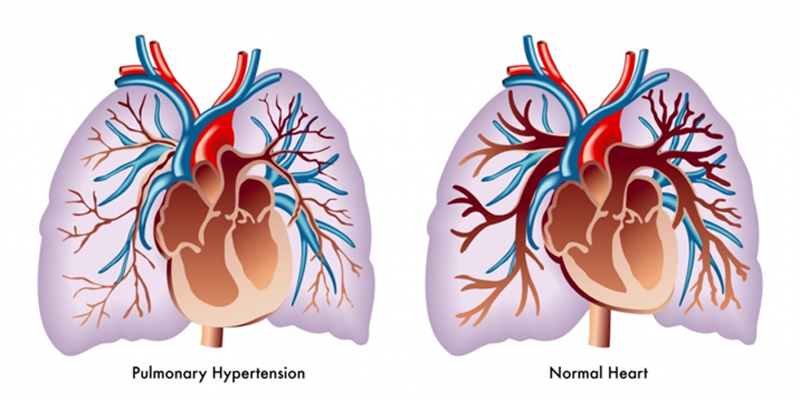
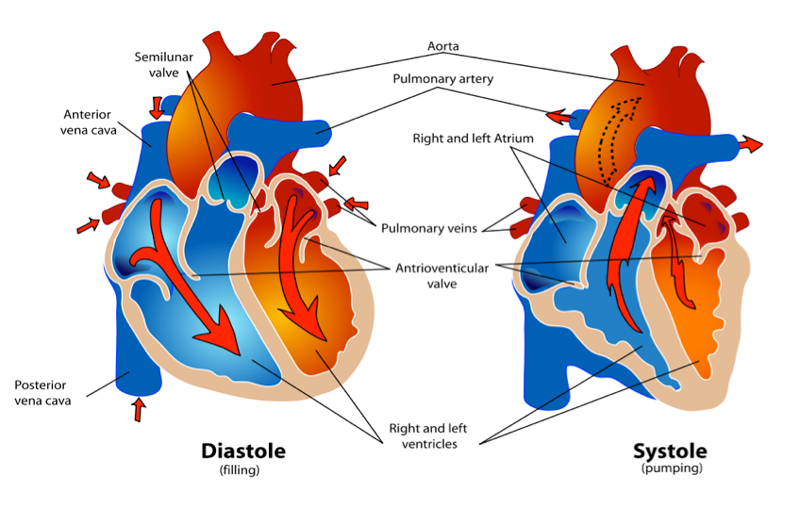

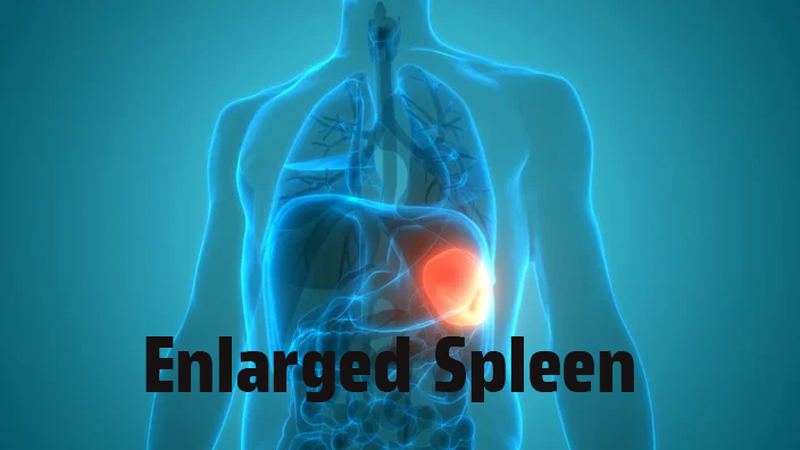




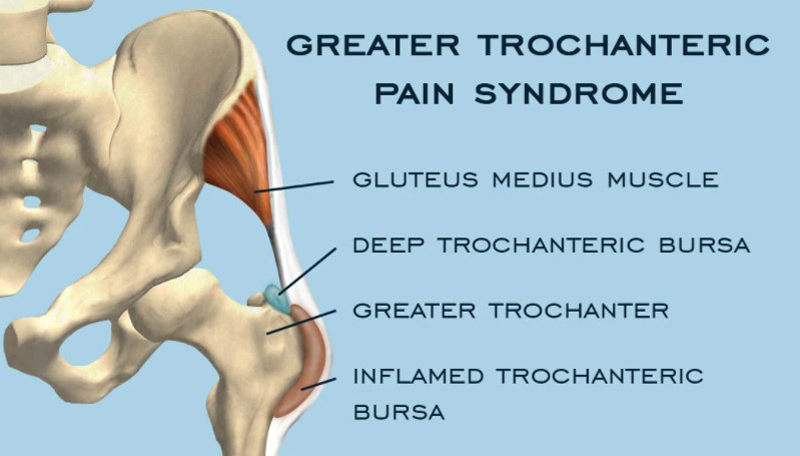
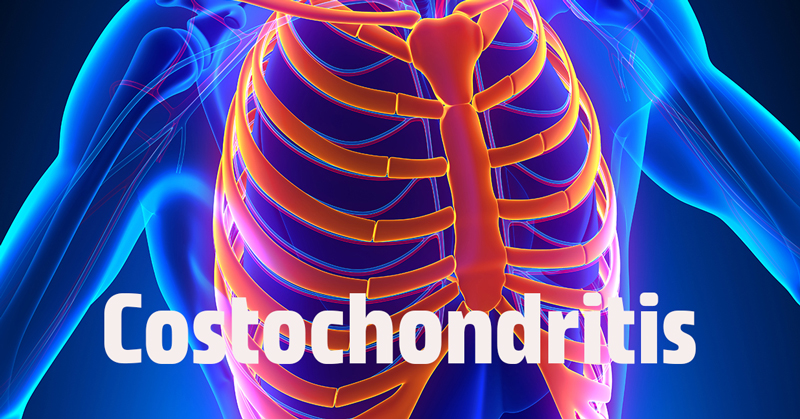
COMMENTS